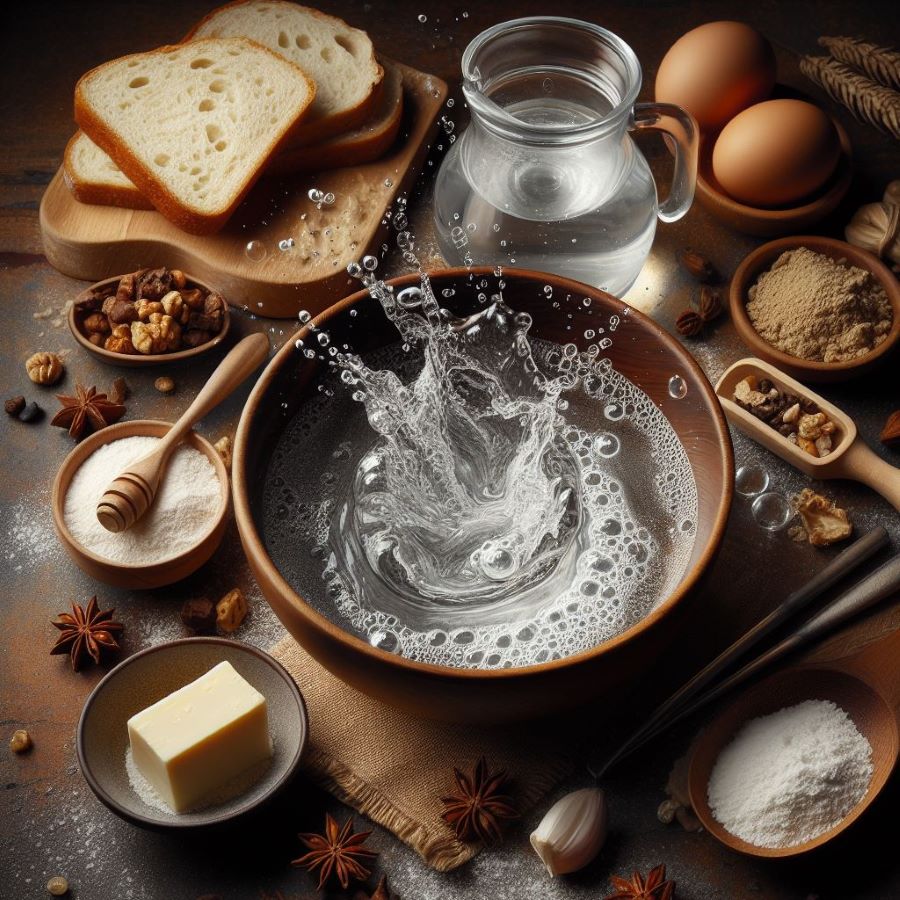Lactose intolerance is a common condition that occurs when the body is unable to adequately digest lactose, the sugar found in milk and dairy products. This condition is caused by a deficiency of the enzyme lactase, which is necessary to break down lactose into glucose and galactose, which can be easily absorbed by the small intestine.
Causes of Lactose Intolerance
Lactase production declines after childhood in many people, making them less able to digest lactose as they age. This phenomenon is known as primary lactose intolerance and is very common among adults. There is also secondary lactose intolerance, which can develop following diseases that damage the small intestine, such as celiac disease or inflammatory bowel disease, leading to reduced lactase production.
Symptoms
Symptoms of lactose intolerance usually appear 30 minutes to 2 hours after consuming foods or drinks containing lactose. Symptoms may include:
• Abdominal swelling
• Gas and flatulence
• Diarrhoea
• Abdominal pain or cramps
• Nausea, sometimes accompanied by vomiting
Consequences
Although lactose intolerance is not usually dangerous, its symptoms can be uncomfortable and can negatively affect your quality of life. Additionally, avoidance of all dairy products without adequate replacements can lead to nutritional deficiencies, including a deficiency of calcium, vitamin D, and riboflavin.
Foods That Contain Lactose
Lactose is mainly found in dairy products, such as:
• Milk (including skim and low-fat milk)
• Yogurt
• Cheeses, especially fresh or soft ones
• Ice-cream
• Butter
Lactose can also be present in many processed food products, such as breads, breakfast cereals, canned soups, sauces, desserts, and even some medications and vitamins.
Prevention and Treatment
There is no cure for lactose intolerance, but symptoms can be managed through diet and lifestyle changes:
• Limit lactose intake: This doesn't necessarily mean eliminating all dairy products. Many people with lactose intolerance can tolerate small amounts of lactose.
• Lactose-free and low-lactose dairy products: Many lactose-free alternatives are available, such as soy, almond or oat milk and yogurt.
• Lactase supplements: These supplements contain the enzyme lactase and can be taken before consuming foods containing lactose to aid in digestion.
• Foods Rich in Calcium and Vitamin D: For those who avoid dairy, it is important to include other sources of calcium and vitamin D in the diet, such as leafy greens, soft-boned fish, tofu, almonds, and fortified foods.
Recommendations
If you suspect you have lactose intolerance, it's important to talk to a doctor or dietitian. They can help you confirm the diagnosis and develop an eating plan that meets your nutritional needs without causing discomfort.





Share:
Allergy or intolerance to dairy products?
Corn starch